Your Top
Custom 12V LiFePo4 Battery Pack Manufacturer & Supplier in ChinaCall us today

 Factory area: 7000m².
Factory area: 7000m².
 Total number of employees: over 200
Total number of employees: over 200
 R&D team: 21 engineers
R&D team: 21 engineers
 Quality Management System: ISO 9001
Quality Management System: ISO 9001
 Full Certified: CE, FCC, UL, MSDS, UN38.3
Full Certified: CE, FCC, UL, MSDS, UN38.3
 Production capacity: capable of producing 2000 battery packs per day
Production capacity: capable of producing 2000 battery packs per day
 Energy Density
Energy Density Cycle Life
Cycle Life Efficiency
Efficiency Self-Discharge Rate
Self-Discharge Rate Weight
Weight Size and Form Factor
Size and Form Factor Environmental Impact
Environmental Impact Cost
CostBelow are the discharge curves shown by KET engineers at different temperatures with a 12V LiFePO4 battery pack at a discharge rate of 1C.
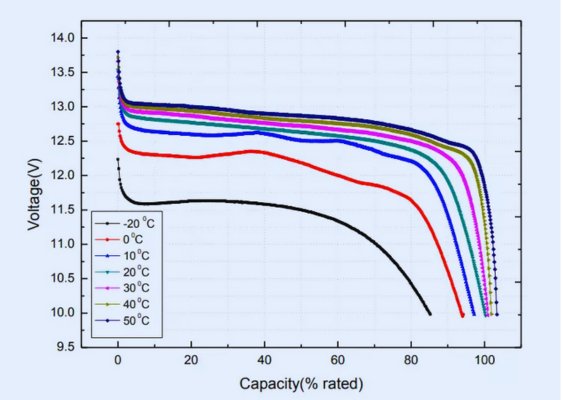
Here are the discharge curves shown by KET's engineers using 12V LiFePO4 battery pack with different discharge rate at 25℃ (77°F).
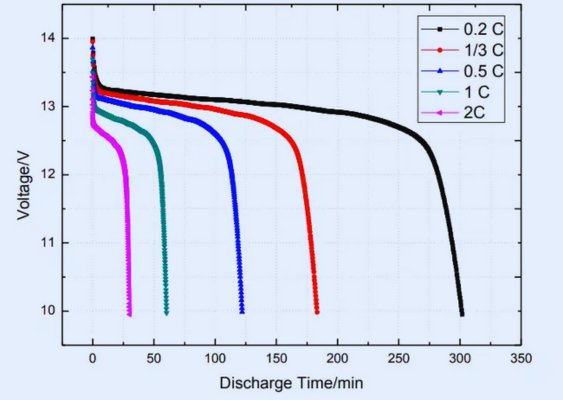
The following is the charging curve of a 12V LiFePO4 battery pack at a discharge rate of 1C and at 25℃ (77°F).
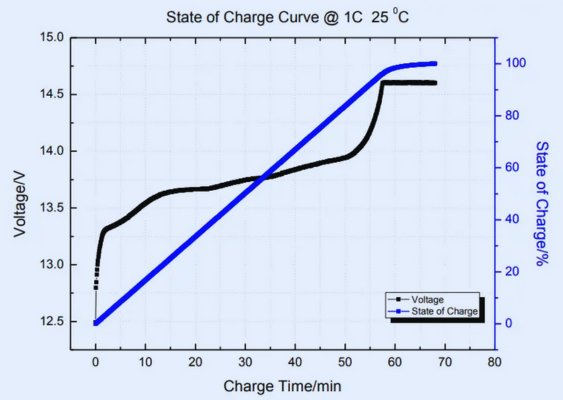
 UL
UL CB
CB MSDS
MSDS UN38.3
UN38.3 CE
CE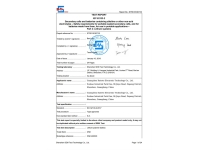 IEC-62133
IEC-62133 Certification for Safe Transport of Goods
Certification for Safe Transport of Goods air transport
air transport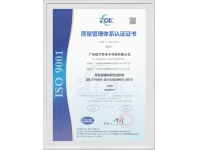 ISO 9001 2015
ISO 9001 2015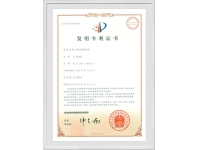 invention of Lithium battery testing equipment
invention of Lithium battery testing equipment Battery charge and discharge test system
Battery charge and discharge test system Rechargeable battery performance testing equipment
Rechargeable battery performance testing equipment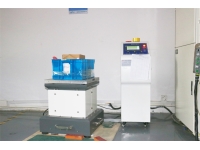 Vibration Testing Machine
Vibration Testing Machine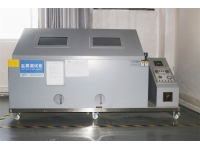 Salt spray test cabinet
Salt spray test cabinet Lithium battery automatic testing equipment
Lithium battery automatic testing equipment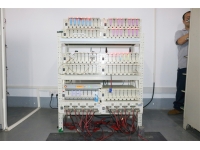 Discretionary cabinets
Discretionary cabinets Integrated Tester
Integrated Tester Battery Detector
Battery Detector Automatic Wire Stripping Machine
Automatic Wire Stripping Machine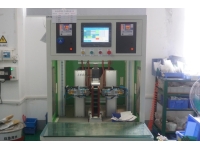 Automatic spot welding machine
Automatic spot welding machinePartner with us for OEM solutions of 12V LFP battery packs.
Discover the performance and reliability of our 12V LiFePO4 battery for marine applications.
Power your RV adventures with our efficient and long-lasting 12V LFP battery.
Gain insights into the meticulous manufacturing process of LiFePO4 batteries.